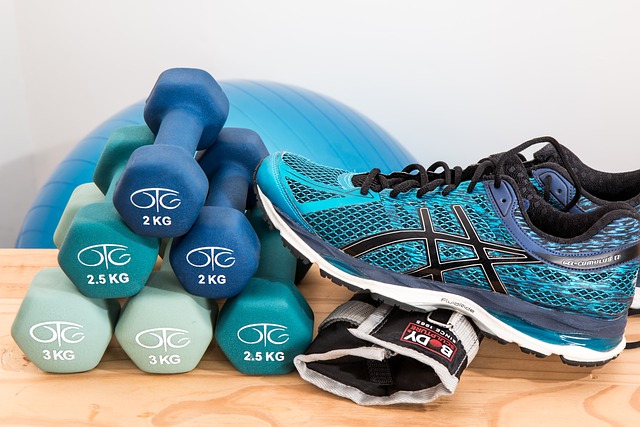Engaging in sports and physical activities is an excellent way to promote overall health and well-being. However, the risk of sports injuries is an inherent part of any active lifestyle. From minor sprains to more severe fractures, sports injuries can vary in their nature and impact.
Common Types of Sports Injuries:
- Sprains and Strains:
Sprains involve the stretching or tearing of ligaments, while strains affect muscles or tendons. These injuries often occur due to sudden movements, overexertion, or improper warm-up. - Fractures:
Fractures, or broken bones, can result from high-impact collisions, falls, or excessive force. Stress fractures, caused by repetitive stress on a bone, are also common in athletes. - Tendonitis:
Tendonitis involves inflammation of the tendons, commonly affecting areas like the shoulder, elbow, or knee. Repetitive motions, poor technique, or overuse can contribute to the development of tendonitis. - Concussions:
Head injuries, particularly concussions, are prevalent in contact sports. A blow to the head can cause temporary disruption to normal brain function, requiring careful monitoring and rest. - Dislocations:
Joint dislocations occur when the bones forming a joint are forced out of their normal positions. These injuries often result from falls, collisions, or sudden impacts.
Causes of Sports Injuries:
- Poor Conditioning:
Inadequate physical conditioning and muscle strength can increase the risk of sports injuries. Proper warm-up and conditioning exercises are crucial to prepare the body for physical activity. - Overuse:
Repeating the same motion or activity without adequate rest can lead to overuse injuries. Athletes should incorporate rest days into their training schedules to allow the body to recover. - Improper Technique:
Using incorrect techniques or form during physical activities can contribute to injuries. Coaches and trainers play a vital role in educating athletes on proper techniques to minimize the risk of injury. - Inadequate Protective Gear:
Lack of appropriate protective gear, such as helmets, pads, or braces, can increase the susceptibility to injuries. Wearing the right gear for the specific sport is essential for injury prevention.
Preventive Measures:
- Proper Warm-up and Cool Down:
A thorough warm-up session before engaging in physical activity prepares the muscles and joints for the demands of exercise. Cooling down helps gradually lower the heart rate and reduce muscle stiffness. - Cross-Training:
Incorporating a variety of exercises into a training routine helps prevent overuse injuries by targeting different muscle groups and reducing strain on specific areas. - Strength and Flexibility Training:
Building muscle strength and maintaining flexibility are essential for injury prevention. Regular strength training and flexibility exercises help improve overall athletic performance and resilience. - Appropriate Footwear and Equipment:
Wearing well-fitted athletic shoes and using proper equipment for a specific sport are crucial in preventing injuries. Equipment should be regularly inspected and replaced when worn or damaged.
Rehabilitation and Recovery:
- Early Intervention:
Prompt recognition and treatment of sports injuries are essential for optimal recovery. Seeking medical attention at the first signs of injury can prevent the worsening of the condition. - Rest and Rehabilitation:
Adequate rest is crucial for the body to heal. Rehabilitation programs, including physical therapy exercises, help restore strength, flexibility, and function to the injured area. - Gradual Return to Activity:
Athletes should follow a gradual and supervised return-to-play plan to prevent re-injury. Rushing back into full activity before the body has fully recovered increases the risk of complications.
Conclusion:
While sports injuries are a common aspect of an active lifestyle, their impact can be mitigated through proper prevention, conditioning, and rehabilitation. Athletes and fitness enthusiasts should prioritize safety, follow proper training techniques, and listen to their bodies. By doing so, individuals can enjoy the numerous physical and mental benefits of sports while minimizing the risk of injury and optimizing their overall well-being. If injuries occur, seeking professional medical advice is crucial for a comprehensive and effective recovery plan.
